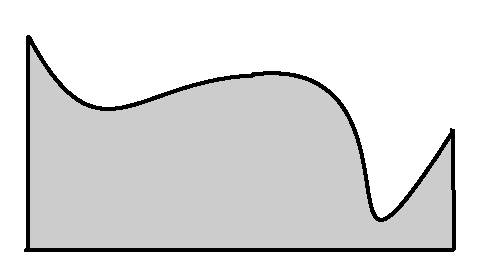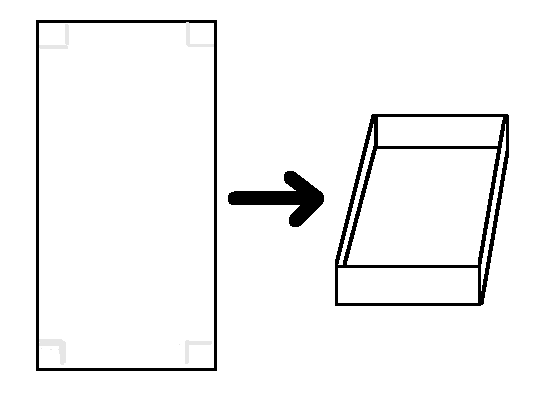Geometry is a branch of mathematics that deals with the properties and characteristics of shapes and sizes. The term is derived from Greek words, ‘Geo’ and ‘Metron’, meaning ‘Earth’ and ‘Measurement’ respectively. Based on the meaning of its term, the actual connection of this branch f mathematics is to entail the properties of space with other objects relatively positioned within their own measurements.
The same concept of geometry is used in the traditional art of rangoli as well. Each shape and structure has its distinctive significance in the field and radiates its individuality in terms of religiousness and auspiciousness. Among the list of best geometric rangoli patterns, here are the top 5 geometric symbols and their significance as a part of rangoli design:
Bindu: This is also known as dot and is considered to be the center of the universe from where all energy, power and life are created. It is known to be the start of each creation and even the end of each creation because everything manifests and merges at the same bindu or dot. Hence, in rangoli design, starting from a small dot, a beautiful rangoli is created to display the radiating energies of life. You can go wild with your imaginations and create incredibly beautiful rangoli patterns just from a single bindu.
Chakra:This is also known as wheel and is considered to be the wheel of life. It also symbolizes the religious chakra of Lord Vishnu and Lord Krishna from where evolves all the circle of life including time, season and the cycle of human activities. In rangoli designs chakra forms an essential part of the design as it adds a spark of auspiciousness to the contemporary rangoli patterns.
Lines: Lines are simple and easy to draw originating from the central bindu. Whichever way you connect the lines it originates and ends at the same point. Rangoli is often drawn with a closed network to prevent the entry of evil forces and hence lines help to fulfill the purpose with their interconnection. These lines are symbolic to movement of life and progression and that’s the key purpose of rangoli, to invite the blessings of gods and goddess for joy, health and prosperity.
Trikon: This is the basic mathematics symbol we all know as triangle. This holds great significance in the cosmos as it symbolizes the union of three gunas, three dimensions of life or the superlative trinity of the universe. Three gunas are the satva, rajas and tamas and three dimensions are past, present and future. Adding to this, the trinity of the universe is Brahma, Vishnu and Shiva. The basic concept of triangle is show the deep connection of three strong powers ruling and influencing human life and its co-existence with the cosmos. Some even say that triangle in the rangoli design represents the eternal strength and power of Lakshmi, Saraswati and Kali. You take any meaning and any interpretation of the triangle; it leaves behind an auspicious significance in a rangoli pattern.
Chauk: This is the basic square in mathematics that is considered to be an auspicious symbol in rangoli pattern. The chauk is said to emerge into the religious swastika with four lines of the square encircling the religious symbol with a bindu in the center. Swastika denotes the four directions of the universe and signifies that the energy spreads into all directions from a central point of universal connection. At the outward corner of each line is the purna kumbhas that are known to be the pot of auspiciousness pouring out the essentials of life.
















